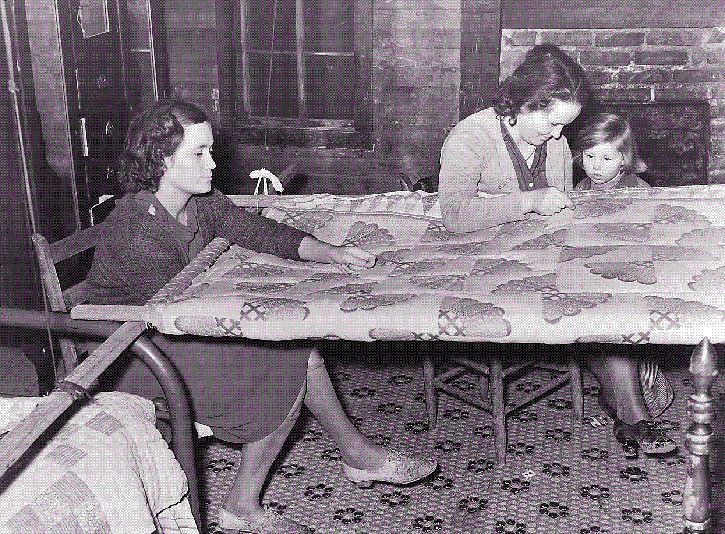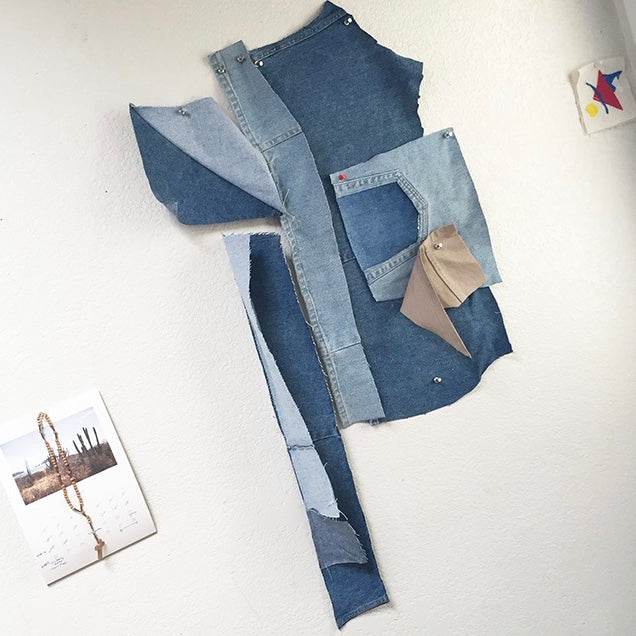This fall... we are exploring the idea "Layers of time" at Baum-kuchen. The concept is fitting to Baum-kuchen in so many ways since we are constantly refining our collection with artifacts that are meant to grow with us over time. We are also trying to be mindful about how powerful "time" can be in our everyday.
I am thrilled to share the first "Layers of time" story written by Angie. About her journey. I know her previous video about her father has brought a lot of big feelings to our Baum-kuchen friends near and far. I admire her for continuing her journey even small step at a time. And I appreciate her for sharing her voice.
xo
-wakako
==========
Stories They Tell by Angie Park
Every piece of clothing tells a story. They have feelings and they remind you of a past memory. After the functionality becomes old and run down, what’s left is an artifact and a history of a full life led.
I am thrilled to share the first "Layers of time" story written by Angie. About her journey. I know her previous video about her father has brought a lot of big feelings to our Baum-kuchen friends near and far. I admire her for continuing her journey even small step at a time. And I appreciate her for sharing her voice.
xo
-wakako
==========
Stories They Tell by Angie Park
Every piece of clothing tells a story. They have feelings and they remind you of a past memory. After the functionality becomes old and run down, what’s left is an artifact and a history of a full life led.
It’s easy to walk into a second-hand store and think of the history packed inside the small square-footage. I particularly love finding old shirts with thoughtfully embroidered names— it makes me feel connected to its prior owner. It feels good to own something that’s been loved and cherished in its first life. I am often reminded of “boro,” a Japanese term that describes patched and mended fabrics. Boro textiles are sewn from old rags and patches made of indigo dyed cotton. They’re beautifully layered in unplanned arrangements with detailed stitches that make each garment unique and personal.
 |
| Source: BoisBuchet exhibit called "Boro: Fabric of Life" |
| This is a photo from a beautiful book named "Book of Boro" |
Today, boro textiles are a reminder of rural Japan in the early 19th and 20th century (before the shift to urbanization) when times were tough, and farmers did their best to preserve what they owned. There’s something beautiful about “repair.” The way an old garment can turn into something new—the exterior might change in bits and pieces, but the soul of the artifact is unmovable.
 |
| (Source: MarrowMag, photographs by Ryan Fish) |
After the passing of my dad, our family was left with all his treasured artifacts and clothing (he never threw anything away). He was very particular about his clothes. He was particular about the fit, the color, the quality and the material. Although it wasn’t obvious to an outsider, he chose everything he owned with extreme fastidiousness. He loved shades of navy blue and gray, and had his jeans seamed to perfection by the same Korean tailor for the last 20 years. All these remnants are hard to keep but even harder to let go.
As the months passed by, my family and I slowly (and painfully) began to sort out bags of his garments to be sent to charity. This isn’t an easy process (for many, many reasons). Everything felt overwhelming and overly sentimental. I couldn’t let them go. It was hard. The bags sat in the corner of my workroom. Just waiting. For something.
Not too long ago, I sat looking at “the bags.” Once in awhile, I like to open them up to see if his scent is still embedded in there. No one really talks about a scent of a person. But you don't realize its significance till it disappears. It is fleeting. You can’t capture scent— it breathes through you as you “live”. Sometimes you forget about the smell till the scent flutters by and suddenly, you’re thrown back into a memory that you thought you’d lost somewhere along the way. Smell is powerful and conjures up both good and bad memories of all different kinds.
As I spent some more time thinking about what I should do with the garments, I knew that I wanted his clothes to manifest and transform into something else (it's too painful to see them as is). I wanted to create something that could still retain the love and integrity of what the garments meant to me.
For a long while, I had been really interested in the craft of needlework. I was fascinated by the history, the intricacy, the story, and the delicacy that it embodied. When my dad was diagnosed, I had taken time off to spend time with him. During the downtime and the silent moments of passing, my hands still itched to do something, to work, and to be put into use. “Making” has always been a cathartic and therapeutic act and I thought it would alleviate some of my anxieties and worries. I started to experiment with “needlework.” One day, I went to the local library and read books around embroidery— and I started to learn simple techniques. I liked that it didn’t require too many tools. It was simple, detailed oriented, and there was something about the repetition that assuaged some of the heartache I was going through. I embroidered during my dad’s chemotherapy sessions, and during the late evenings when I couldn’t sleep. Although my work was basic and roughly finished— it made me feel better when I was doing it, and that was good enough for me.
| Stitch experimentations |
| A small "Nori" project for my friend's new daughter, Nori |
|
|
| Playing with patterns |
This craft is an American heritage and has been around since women were spinning, weaving, and creating garments. I have a strong visual in my head of women gathered together by candlelight, having those important and intimate conversations as they meticulously work together on their fine needlework. In essence, I imagine that quilting first began through pure functionality, but it blossomed into an expressive and unique art form.
 |
| (Source: eca.state.gov, 1915, Four friends quilting in a dining room) |
 |
| (Source: eca.state.gov) |
It's a rewarding feeling to see things visually change into something new over time— but the spirit of it never changes. There's an energy that lives on in the artifacts. When I sit in my studio working with my dad's garments, there’s a certain presence in the air that I can’t describe, and it's a presence I cherish and find comfort in.
I hope that one day, I can pass this down to my kids. To give them layers of my own history. To give them a layer of my dad, and to tell them stories along the way.
2 comments
Showing items 1-2 of 2.


Thank for sharing your story. I too have garments from my parents just too hesitate to make that first cut.
Angie, your stories resonate so closely to my heart…I’m sitting, crying, thinking about my dad. I saved some of his shirts, a few pair of pants, a jacket and placed them in a plastic container. Every now and then, I open it up just to smell its contents: a fading whisper of his existence. It’s fleeting, but it’s as if he’s standing next to me. I miss him. I’ve even wanting to make a quilt with those items, but I haven’t had the courage, so thank you for inspiring me to make the first cut. Love and memory live within those who continue to tell its story.